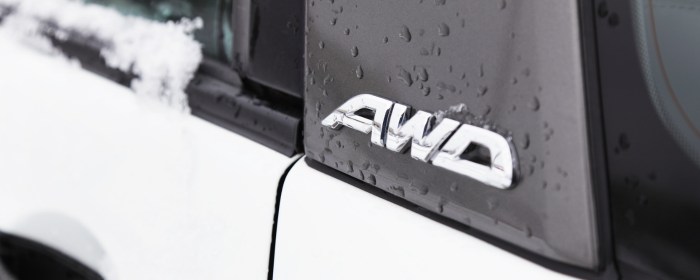
AWD vs 4WD: What’s the difference?
When choosing a vehicle that can handle tough terrain and adverse weather conditions, two common terms you might come across are AWD (All-Wheel Drive) and 4WD (Four-Wheel Drive).
While both of these systems distribute power to all four wheels of a vehicle, there are some differences between them that can affect performance, handling, and fuel efficiency. In this article, GB Vehicle Leasing will explore the differences between AWD and 4WD, including how each system works and what situations each is best suited for.
What is AWD?
AWD stands for All-Wheel Drive, which is a system that distributes power to all four wheels of a vehicle for improved traction and handling. AWD is typically found in passenger cars, SUVs, and crossovers, and it can be either full-time or part-time.
In a full-time AWD system, power is sent to all four wheels all the time, and the amount of power sent to each wheel can vary depending on the conditions. This is achieved through the use of a centre differential that distributes power between the front and rear axles. Some modern AWD systems can also adjust power distribution on each wheel based on factors like road conditions, speed, and driver input.
In a part-time AWD system, power is sent to the two wheels of the vehicle until the driver engages the system. When the driver engages the system, power is sent to all four wheels, and the vehicle switches to AWD mode. This system is typically found in SUVs and pickup trucks designed for off-road use.
Overall, AWD systems are designed to improve traction and handling in slippery or uneven road conditions. They can provide better stability and control, especially in wet or snowy conditions, making them ideal for those who live in areas with harsh weather or frequently drive on unpaved roads.
What is 4WD?
4WD stands for Four-Wheel Drive and is typically found in SUVs, trucks, and other vehicles designed for off-road use. In a 4WD system, power is sent to all four wheels of the vehicle simultaneously. This is achieved through the use of a transfer case, which is a component that sits between the front and rear axles and distributes power to each axle. Most 4WD systems allow the driver to choose between two modes: 2WD (two-wheel drive) and 4WD (four-wheel drive).
In 2WD mode, power is sent only to the two wheels of the vehicle that are responsible for driving it (usually the rear wheels). This mode is typically used for normal driving conditions on paved roads, where maximum fuel efficiency is desired.
Whereas, in 4WD mode, power is sent to all four wheels of the vehicle, providing better traction and off-road performance. This mode is typically used in rough terrain or when driving on unpaved roads, where additional traction and control are needed.
What is difference between 4WD and AWD?
The key difference between 4WD and AWD is the way power is distributed to the wheels. 4WD systems are designed to provide better off-road performance and traction, while AWD systems are designed to provide better handling and stability on the road. 4WD systems are typically designed for off-road use and are better suited for driving on rough terrain, steep inclines, and uneven surfaces. AWD systems are typically designed for use on paved roads and are better suited for wet, snowy, or slippery conditions. Moreover, AWD systems are typically more fuel-efficient because they distribute power only to the wheels that need it most, and they are optimised for use on paved roads.
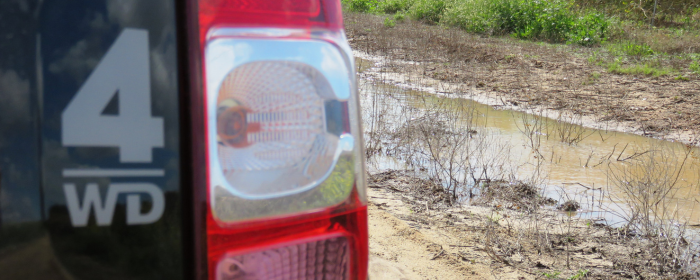
Best AWD Cars
There are several excellent all-wheel drive (AWD) cars available on the market today. Here are some popular choices across various segments:
Tesla Model 3 AWD – This electric car is equipped with dual electric motors, one for the front wheels and one for the rear, enabling all-wheel drive capabilities. This system provides exceptional traction and stability, particularly in adverse weather conditions or challenging road surfaces. The instant torque delivery from the electric motors ensures quick acceleration and responsive handling, enhancing the overall driving experience.
BMW 3 Series xDrive - Available as either a saloon or estate car, this can come equipped with BMW's intelligent all-wheel drive system. This results in improved stability and control, especially in adverse weather conditions. The xDrive system also enhances the 3 Series' sporty driving dynamics, allowing for precise cornering and confident acceleration.
Audi Q7 – This Audi SUV is equipped with Audi's renowned Quattro all-wheel drive system, offering exceptional handling, traction, and stability. The Quattro system continuously monitors road conditions and instantly adjusts power distribution between the front and rear wheels to maximise grip and control. This ensures confident and excellent performance on both paved roads and challenging terrains.
BMW X5 xDrive – This is another fantastic BMW model which can come equipped with BMW’s xDrive system. This allows the X5 to confidently tackle slippery surfaces, rough terrains, and bad weather. Overall, the BMW X5 xDrive combines luxury, comfort, and the benefits of all-wheel drive, making it a compelling choice for those seeking a capable and refined SUV.
Best 4WD Cars
There are several top-notch four-wheel drive (4WD) cars available on the market, each offering exceptional off-road capabilities and performance. Here are some of the best 4WD cars:
Land Rover Defender - The Land Rover Defender is a highly capable and iconic 4WD SUV that excels in off-road adventures. Its 4WD system is designed to handle the most challenging terrains. Additionally, the high ground clearance and durable construction of the Defender further enhance its off-road capabilities.
Volkswagen Touareg - This luxury SUV offers a robust and capable 4WD system. The 4Motion all-wheel drive system in the Touareg provides enhanced traction and stability, allowing for confident driving in various road conditions.
Toyota Land Cruiser – This is another SUV renowned for its legendary off-road capability, largely due to its robust and proven 4WD system. The Land Cruiser's 4WD system enables drivers to confidently navigate through rugged landscapes and embark on thrilling off-road adventures.
Jeep Wrangler - An iconic off-road SUV with a renowned 4WD system that has been perfected over decades. Its 4WD system provides exceptional traction, allowing the Wrangler to conquer challenging terrains and obstacles with ease.
AWD vs 4WD: which should I drive?
Ultimately, the decision depends on your driving needs. For those who primarily drive on paved roads and face occasional extreme weather, AWD might be sufficient. However, if you frequently engage in off-road activities or need enhanced traction for towing or hauling, a 4WD vehicle would be more suitable. 4WD is commonly found in pickup trucks, SUVs, and vehicles built for off-road adventures.
It's also worth noting that both AWD and 4WD can improve vehicle stability and safety to some extent, but they do not replace the need for cautious driving and adapting your speed to the road conditions. If you're interested in leasing a new car, reach out to GB Vehicle Leasing to explore our current car lease deals. Furthermore, keep informed about our latest special offers and updates by visiting our Facebook page.
Latest Posts

Jeep Avenger Review 2024
Meet the Jeep Avenger, the brand’s...
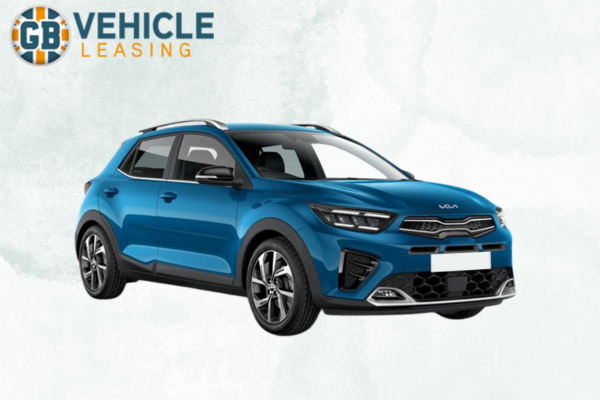
A Comprehensive Kia Stonic Review
See for yourself if this could...

Cheap Vans to Lease 2024
Let's explore some of the cheapest...
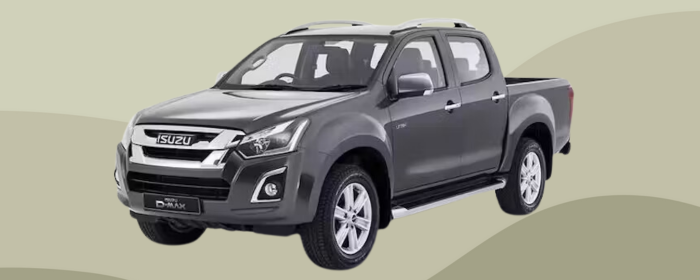
Exploring Excellence: Isuzu D-Max Review 2024
In this Isuzu D-Max review, we'll...
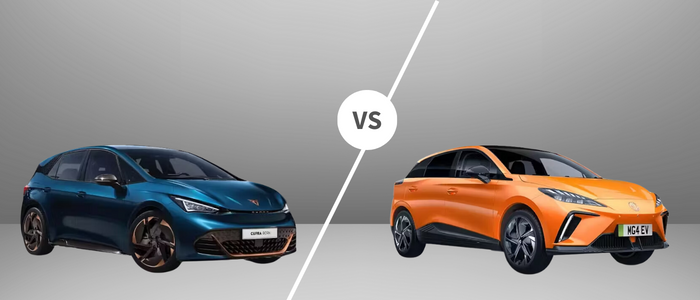
Cupra Born vs MG4 Comparison
GB Vehicle Leasing delve into the...


































